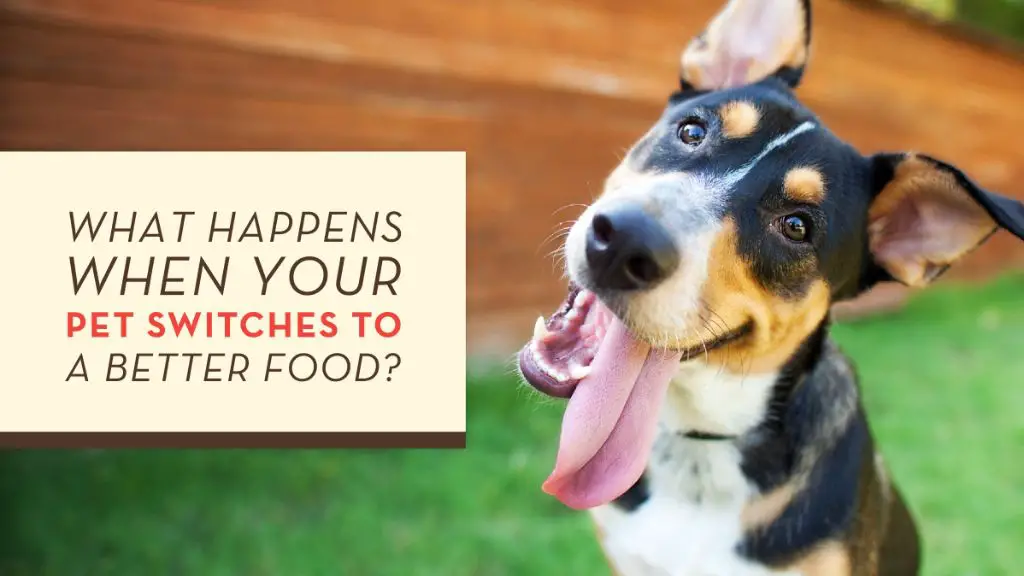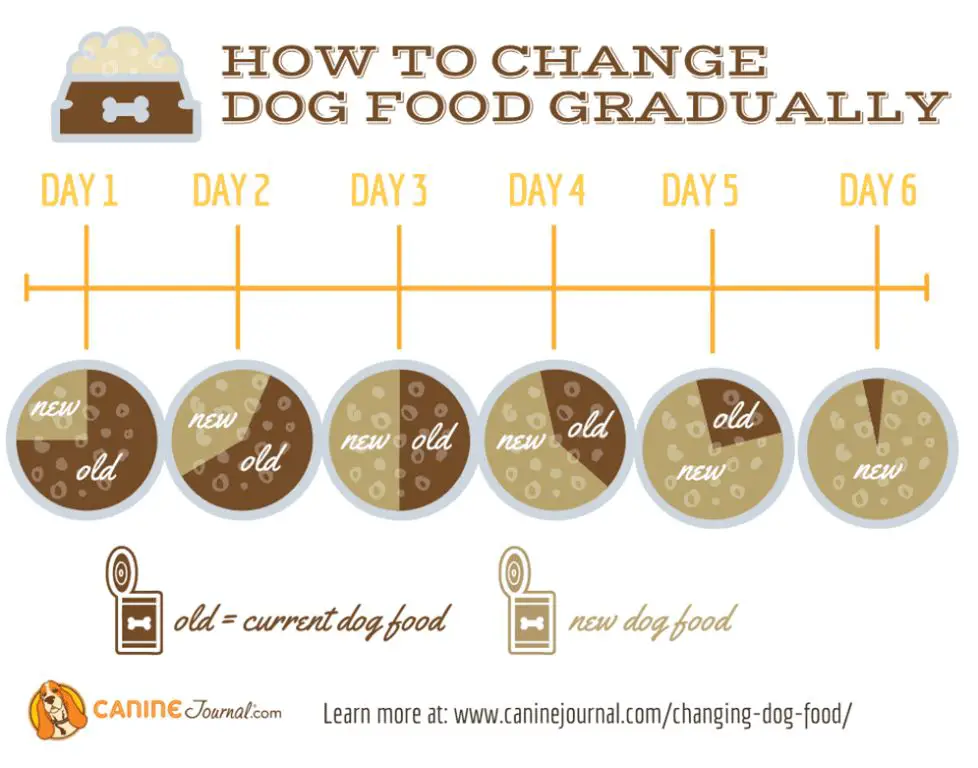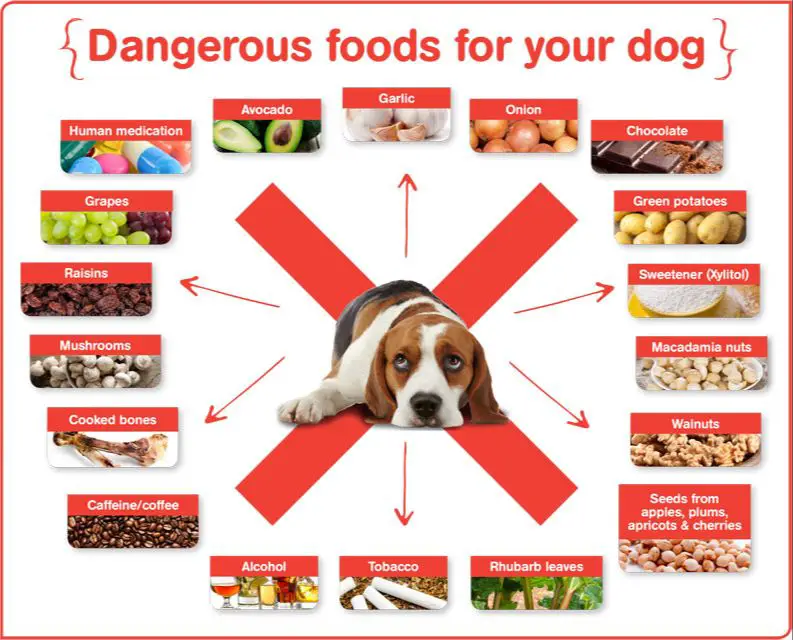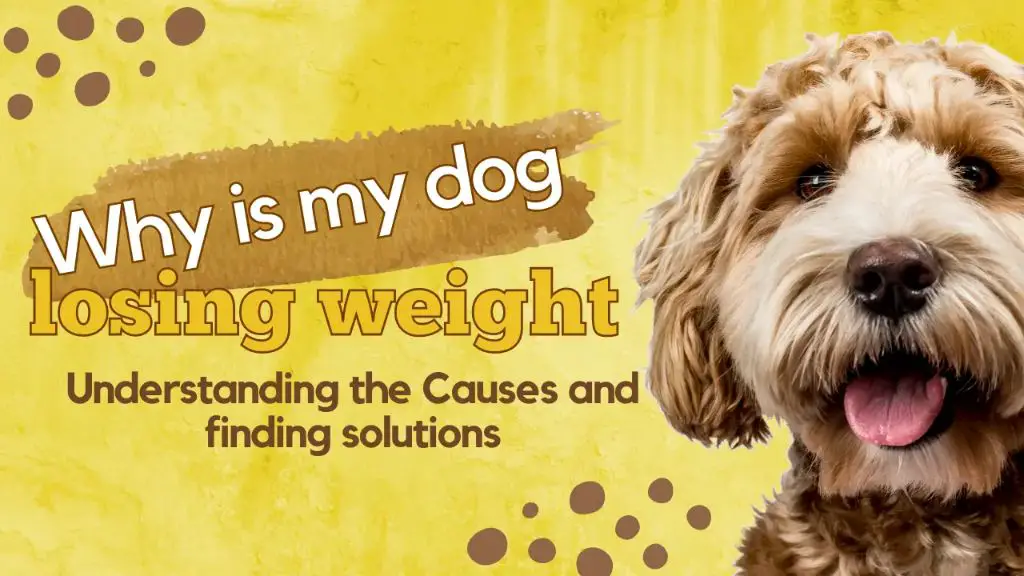Introduction
Many dog owners like to share tidbits of their own food with their canine companions. It’s a natural gesture of affection, and some dogs will plead pitifully for a bite of whatever their humans are eating. While the occasional scrap from your plate likely won’t hurt your dog, there are good reasons not to make a habit of feeding them “people food.”
Switching your dog completely from commercial dog food to human food is controversial. There are potential benefits – you know exactly what’s going into your dog’s diet, for example. But there are also risks, such as nutritional imbalances. Most veterinarians advise against replacing your dog’s regular food with table scraps.
That said, some owners wish to prepare cooked or raw food for their dogs at home. This takes effort and planning to ensure your dog’s unique nutritional needs are met. Consult your vet before making major changes. With the right balance, homemade food can be a safe part of your dog’s diet.
Consult Your Vet
Before transitioning your dog from dog food to human food, it’s important to consult your veterinarian. Get their approval first to avoid potential health issues. Your vet will be able to review your dog’s medical history and determine if a diet change is appropriate.

Discuss any food allergies or other dietary needs your dog may have. Certain human foods may trigger allergic reactions or exacerbate medical conditions. Your vet can advise you on any ingredients or foods you’ll need to avoid when preparing home-cooked meals.
Establish a plan with your vet for transitioning foods and monitoring your dog’s health and weight. They can provide guidelines on portion sizes, nutritional balance, and supplements, if needed. Having your vet’s input throughout the process allows you to change your dog’s diet safely and effectively.
Gradual Transition
When switching your dog from commercial dog food to human food, it’s important to make the transition gradually over the course of days or weeks. Drastic changes in your dog’s diet can lead to gastrointestinal upset and diarrhea. Here are some tips for gradually transitioning your dog to a human food diet:

Start by incorporating small amounts of cooked, lean human food into your dog’s regular dog food. Mix a few tablespoons of cooked chicken, beef, turkey, egg or rice into the dog food. Over the course of a week or two, slowly increase the amount of human food while decreasing the amount of dog food per meal.
Once your dog is eating about 50% human food mixed with 50% dog food, you can begin transitioning to full human food meals. Reduce the dog food portion further, while keeping the overall calories consistent by increasing the human food. Eventually, your dog will be eating 100% home-cooked meals or commercial human-grade food.
Watch your dog’s stool during the transition period. Loose stool or diarrhea may indicate you increased the human food too quickly. Slow down the transition if needed to give their digestive system time to adapt. Taking it slow allows the gut microflora to adjust to the new diet.
In most cases, gradually transitioning over 2-4 weeks allows enough time for dogs to comfortably switch from commercial dog food to human food without GI upset. Be patient and stick with small increments to ensure your dog tolerates the change. Consult your veterinarian if you have any concerns during the transition process.
Dog Nutritional Needs
Dogs have different nutritional needs than humans. While the exact requirements depend on the dog’s size, age, and activity level, there are some general guidelines for the nutrients dogs need in their diet:
Protein – Dogs need a lot of protein in their diet, more so than humans. Protein should make up around 25-30% of their total caloric intake. High quality animal-based proteins are ideal, like chicken, beef, eggs, and fish.
Fats – Dogs also need more fat than humans do. Fats provide concentrated energy and essential fatty acids. Around 15-30% of a dog’s diet should consist of fats and oils.
Carbohydrates – Dogs have less of a need for carbs than humans. Unprocessed carbs from whole grains and vegetables should make up a smaller portion of their diet.
Vitamins & Minerals – Dogs require vitamins A, B, C, D, E, and K as well as minerals like calcium, phosphorus, potassium, sodium, iron, magnesium, zinc, copper, and selenium. Most commercial dog foods are fortified with vitamins and minerals dogs need.
In comparison, typical human diets consist of more carbs and less fat and protein than what dogs require. This is why simply feeding “people food” doesn’t meet a dog’s unique nutritional needs.
Calories
When transitioning your dog to human food, it’s important to monitor the calories they are consuming to avoid overfeeding. Dog foods have measured calorie amounts, while homecooked meals do not. Keep track of ingredients and portion sizes to ensure your dog is getting the right amount of energy.
In addition, older and less active dogs require fewer calories than young, energetic dogs. Adjust portions for senior dogs to account for their decreased activity levels and metabolic needs. Overfeeding calories to an inactive dog can quickly lead to weight gain and obesity.
Consult your veterinarian to determine the ideal calorie intake for your individual dog based on their age, breed, activity level, and health status. Then use online calculators or calorie counters to add up the calories from any human foods and treats to ensure you stay within the recommended range.
Monitoring calories will allow you to provide tasty human foods safely without leading to excess weight gain in your beloved pet.
Portion Control
When transitioning your dog to human food, it’s important not to overfeed them. Even healthy human foods can lead to weight gain and other health issues if dogs are fed too much. The key is to give portion sizes appropriate for your dog’s size and weight.
Consult your veterinarian for advice on ideal calorie intake and portion sizes. As a general rule, start with portions equal to 25% of their normal dog food intake. For example, if your dog eats 2 cups of kibble per day, initially give 1/2 cup of homecooked food. Then adjust amounts based on their weight and appetite.
It’s usually best to break up portions into 2-3 scheduled feedings rather than free feeding throughout the day. This allows you to better monitor their intake. Weigh and measure portions using a scale and measuring cups to avoid overestimating serving sizes.
As you transition to homecooked meals, monitor your dog’s weight closely. If they start gaining fat or seem hungry all the time, reduce portions. Sticking to proper serving sizes will help prevent obesity and other health issues.
Foods to Avoid
There are some human foods that should always be avoided when transitioning your dog to a human food diet. These foods can be toxic and dangerous for dogs.
Chocolate is extremely poisonous for dogs as it contains theobromine and caffeine. Even small amounts can cause vomiting, diarrhea, abnormal heart rhythms, seizures and even death in dogs. Dark chocolate and baking chocolate contain the highest amounts of theobromine.

Raisins and grapes can cause kidney failure in dogs. The exact toxin is unknown but even a small amount can make a dog ill. Onions, garlic, chives and leeks contain compounds that can damage red blood cells and lead to anemia in dogs when eaten in large quantities.
Macadamia nuts can also cause problems for dogs, leading to weakness, vomiting, tremors and hyperthermia. Bones can splinter and cause mouth injuries or intestinal blockages or injuries. Avoid giving dogs any poultry or fish bones.
Uncooked yeast dough can expand in a dog’s stomach and potentially rupture their abdomen or stomach. Other dangerous foods include alcohol, caffeinated drinks, raw meat, moldy foods and foods high in salt, sugar or fat which can cause pancreatitis.
Safe Human Foods
When transitioning your dog to human food, focus on nutritious whole foods that provide balanced nutrition. Some examples of safe human foods for dogs include:
- Lean Meats: Chicken, turkey, beef. Give 1-2 ounces for small dogs, 3-4 ounces for medium dogs, 5-6 ounces for large dogs.
- Fish: Salmon, sardines, tuna. Give 1-2 ounces for small dogs, 3-4 ounces for medium dogs, 5-6 ounces for large dogs.
- Eggs: Scrambled or hard-boiled eggs are a great source of protein. Give half an egg for small dogs, 1 egg for medium dogs, 2 eggs for large dogs.
- Vegetables: Carrots, green beans, broccoli, spinach. Give 1-2 tablespoons for small dogs, 3-4 tablespoons for medium dogs, 1/2 cup for large dogs.
- Fruits: Apples, bananas, blueberries, watermelon. Give 1-2 tablespoons for small dogs, 3-4 tablespoons for medium dogs, 1/2 cup for large dogs.
- Grains: Oatmeal, brown rice, quinoa. Give 1-2 tablespoons for small dogs, 1/4 cup for medium dogs, 1/2 cup for large dogs.
When giving human foods, be sure to cut foods into bite-sized pieces. It’s also important to monitor your dog’s weight and adjust portion sizes accordingly.
Supplements
When transitioning your dog from commercial dog food to human food, you may need to supplement with oils and vitamins that are often added to dog food but not found in most human foods. Dog foods, especially dry kibble, often contain added supplements like fish oil, glucosamine, probiotics, vitamins B and E, among others.
Work closely with your veterinarian to determine what supplements may be missing from your dog’s new diet. Your vet can recommend specific supplement brands and dosage amounts tailored to your dog’s health needs. Some key supplements to consider are:
- Fish oil – For omega-3 fatty acids
- Glucosamine – For joint health
- Multivitamin – To fill any nutritional gaps
- Probiotic – For digestion and immunity
- Calcium – If not getting enough from food sources
With your vet’s guidance, supplements can help ensure your dog’s nutritional needs are fully met when transitioning from commercial dog food to a diet of human foods.
Monitor Health
When transitioning your dog from dog food to human food, it is important to monitor their health closely through regular vet checkups. Schedule visits with your veterinarian every 4-6 weeks during the transition period. This allows the vet to track your dog’s weight, energy levels, coat health, digestive health, organ function, and other aspects of health.

Your vet can advise you on adjusting portion sizes or diet based on any changes they observe in your dog’s health and weight. For example, if your dog gains weight too quickly, the vet may recommend slightly decreasing calories or exercising more. If your dog shows signs of nutritional deficiency, the vet may suggest supplementing with certain vitamins or minerals. Keep an open dialogue with your veterinarian and follow their guidance on optimizing your dog’s diet and health. With proper monitoring, you can ensure your dog stays happy and healthy as you make the switch to human grade food.